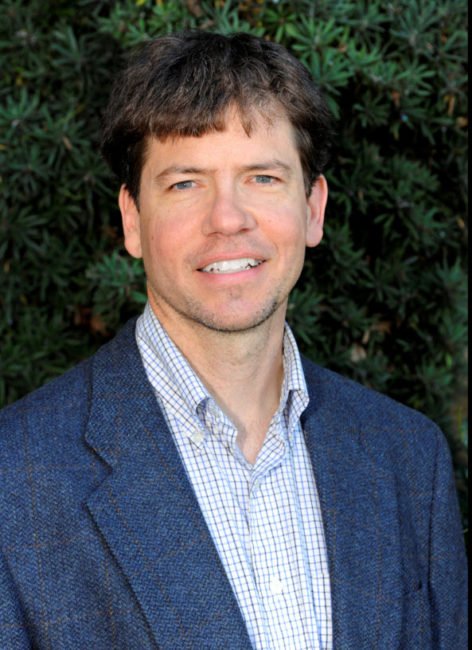
Tom Lucking
During the past decade, the California Department of Corrections and Rehabilitation has focused on rehabilitation in order to help those leaving prison have more chances to succeed, with the end goal of a reduction in recidivism.
One effective way it has done this is through the Specialized Treatment for Optimized Programming (STOP). A series of contractors throughout the state works with selected individuals in reentry who the California Static Risk Assessment has identified as being at a medium or high risk for reoffending. These contractors provide a variety of services — for 180 days with a possible extension of up to a year — to those leaving prison.
One of these STOP providers is New Life Community Services of Santa Cruz, Calif. It specializes in dealing with those in reentry who have alcohol and drug addiction problems.
“We pull people into programs within 24 hours of leaving prison. We continue the program (started within prison), so they don’t get into their old behaviors and go back,” says Tom Lucking, former executive director who still works part-time in the program.
New Life Community Services operates a 38-bed coed facility, but what they do begins in the prison.
“They have substance abuse counseling. They’re given a lot of services while in prison to prepare for their release. Counselors encourage them to consider participation,” Lucking says. “I go to provider fairs and explain what New Life does. It’s education, encouragement and counseling. In the end, it leads up to a decision for them to take advantage of all these free services.”
As a STOP provider, New Life offers 25 hours of programming each week to its program residents. This could be anything from anger management to substance abuse, as part of a curriculum driven by the state of California. The classes take place in the evenings.
Since it’s a vocational program as well, each participant has a job. “We have relationships with employers in the community who have hired our folks before. We help them (people in the program) with their resume, and then they go out and meet with these employers.”
New Life does treatment outcomes and uses screenings and measurements from Texas Christian University, which has done many studies on criminality.
Other resources they have found to be helpful and have utilized for program guidance and curriculum are Thinking for a Change from the National institute of Corrections, Terry Gorski’s work on anger management and the National Association for Children of Addiction work on celebrating families.
A majority of people make it through the program
“About 60% to 75% of the people make it through the program. It’s voluntary from the beginning, so that helps our ability to succeed in the long run,” says Lucking.
Even though a percentage of participants doesn’t make it, Lucking says there’s a tremendous interest in the program. “When I go to the provider fairs, I’ll have 100 inmates appear per session,” he says. He also estimates that up to 90% of those incarcerated have a substance abuse problem.
Those soon-to-be-released in California need to be told of these programs
“Surprisingly not that many inmates we speak with know about this available help,” Lucking said. Those on the outside who know of these programs should make sure any incarcerated family members or friends know about them too to help spread the word. Parole is involved in these programs and could also be a good resource and advocate and provide support.
What groups in other states can do
How can other groups in other states do something similar?
“The good news is that there are a lot of resources being put into addressing this problem right now in places like California and New York,” Lucking says.
“You have to find a friendly state system that will support this reentry rehabilitative effort within the community and build relationships and see if you get support. If you do, there’s a lot of opportunity there to be of help.”
First, however, Lucking suggests that anyone interested in helping to start a new program should contact their local county sheriff’s department or state department of corrections and check to see if a similar program already exists. It’s possible that those incarcerated and soon-to-be-released are not aware of existing programs they may be eligible for.
Setting up a program is no small task. There has to be a facility and counselors, and everything usually has to be credentialed. It’s also necessary to have connections within the prison system. Another way to get help is to consult with an organization like Center Point , which operates in California, Oklahoma and Texas and is the one his nonprofit works with. Other California State contractors and their contact information can be found at this link — CDCR STOP Community Provider Directory.
Lucking is encouraged when he goes to pre-release provider fairs at state prisons, where the inmates he speaks with are really interested in and committed to getting out and using the services of his and other organizations.
“I walk out thinking that this is rehabilitation in action and it’s gratifying. It doesn’t have to be this punitive justice system. There can be a restorative justice element – something that encourages inmates to support each other.”


